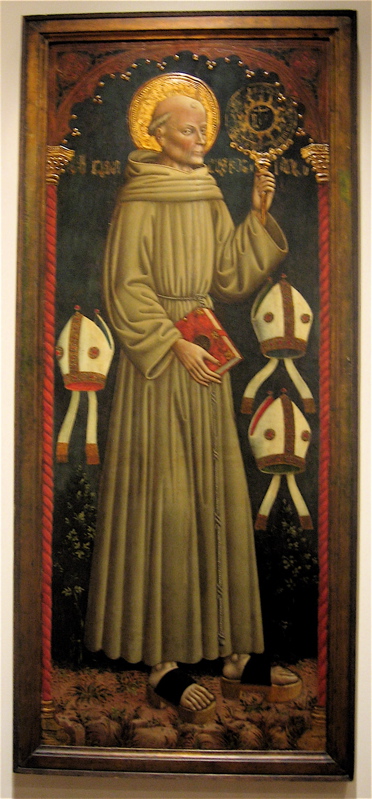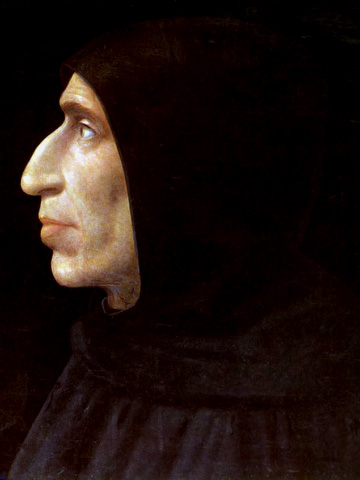I don’t know why I should continue to be shocked that in this day and age, books are still being banned. Book banning (and burning) has a long and ignominious history.
As the Renaissance dawned, great thinkers began to consider what it means to be human, to prize individual accomplishments, and–most ominously, to members of the clergy–to question the absolute power of the church. And thanks to the invention of the printing press, more and more people gained access to books. Consequently, books, art, and sumptuous clothing became a target of spiritual reformers, specifically Franciscan and Dominican priests. These reformers preached that it was an act of piety and devotion to God to renounce your wealth, social position, and worldy goods.
Charismatic but extremely unfun preachers such as the Franciscan friar San Bernardino of Siena (1380 – 1444) and the Dominican priest Savonarola (1452 – 1498) staged “bonfires of the vanities,” huge fires in outdoor squares where people were encouraged to cast their wigs, fancy clothing, jewels, books, and artwork into the flames. Unfortunately, included among these frivolous items were priceless masterpieces by such artists as Boccaccio and Botticelli.

